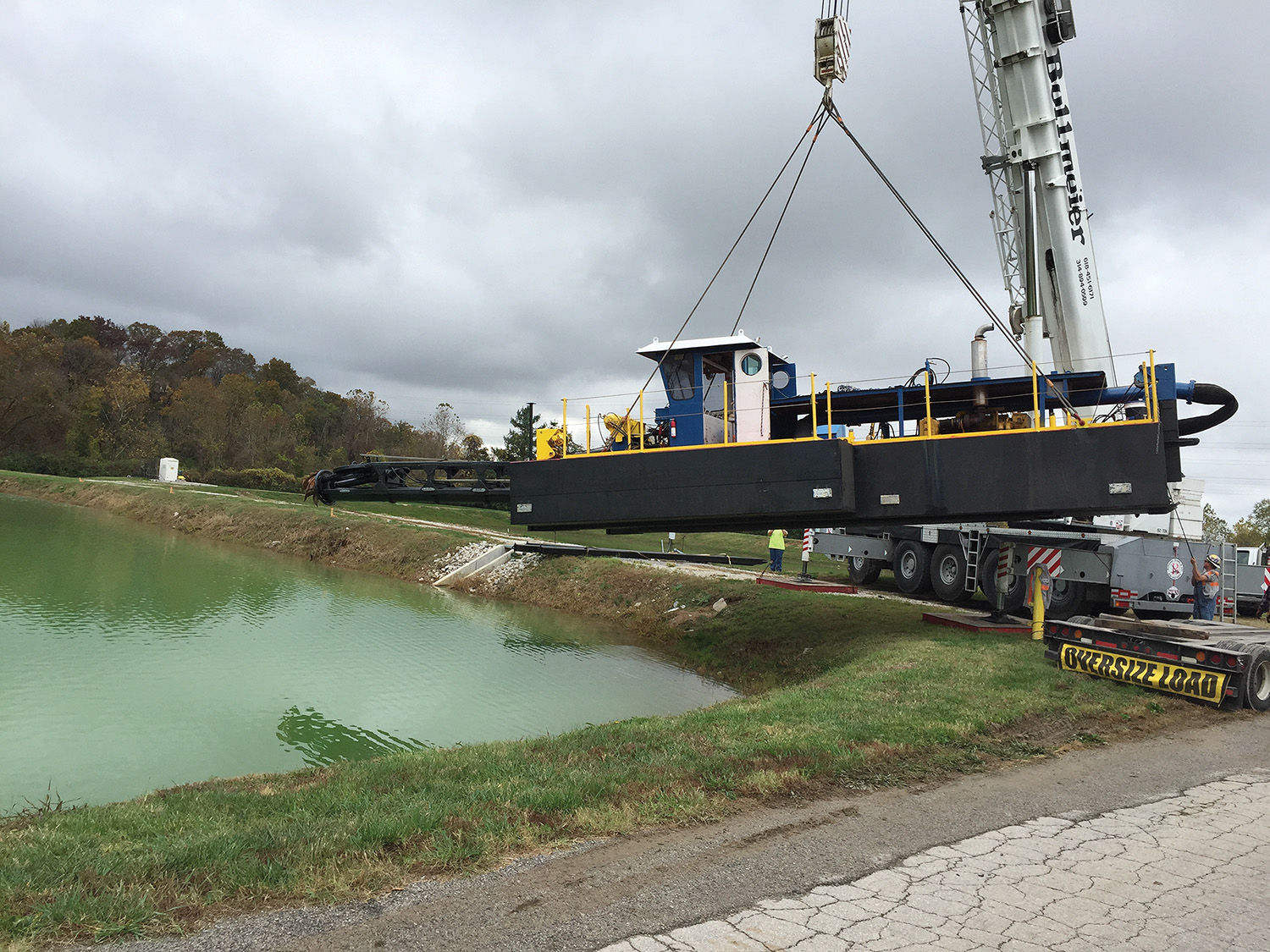

Methods: The method is based on the analysis of a large set of stellar models covering the mass range 5-13 M ⊙ and calculated for 7 different metallicities between Z=10 -5 and twice solar. In this mass interval, stars more massive than M n will undergo an electron capture supernova (EC-SN).Īims: We study the fate and selected evolutionary properties of SAGB stars up to the end of the carbon burning phase as a function of metallicity and core overshooting. Our pages contain various quotes with which our editorial team does not always agree.Context: Massive AGB (hereafter super-AGB or SAGB) stars ignite carbon off-center and have initial masses ranging between M up, the minimum initial mass for carbon ignition, and M_mas the minimum mass for the formation of an iron core collapse supernova. See also: Lambda Draconis, Fourth, Space station, Outflow channel, Beta Persei KäuflĪs main-sequence stars evolve on to the upper AGB, those of intermediate mass can carbon made by the triple-a process into their atmospheres, turning first into carbon-rich sstars and then into genuine carbon stars. Technetium and the third in AGB stars - II. In this way a carbon star is formed, very cool and strongly reddened stars showing strong carbon lines in their spectra. This is known as the second dredge up, and in some stars there may even be a third dredge up.

Horizontal Branch - helium burning core - hydrogen burning shell. As a result, the fusion products are mixed into the outer layers of the stellar atmosphere where they can appear in the spectrum of the star.įirst Dredge Up - expanding atmosphere cools star - stirs carbon, nitrogen and oxygen upward - star heats upĬore Helium Flash - continued compression with added helium ash ignites helium - lots of neutrinos Dredge Up: A dredge-up is a period in the evolution of a star where a surface convection zone extends down to the layers where the material has undergone nuclear fusion.


 0 kommentar(er)
0 kommentar(er)
